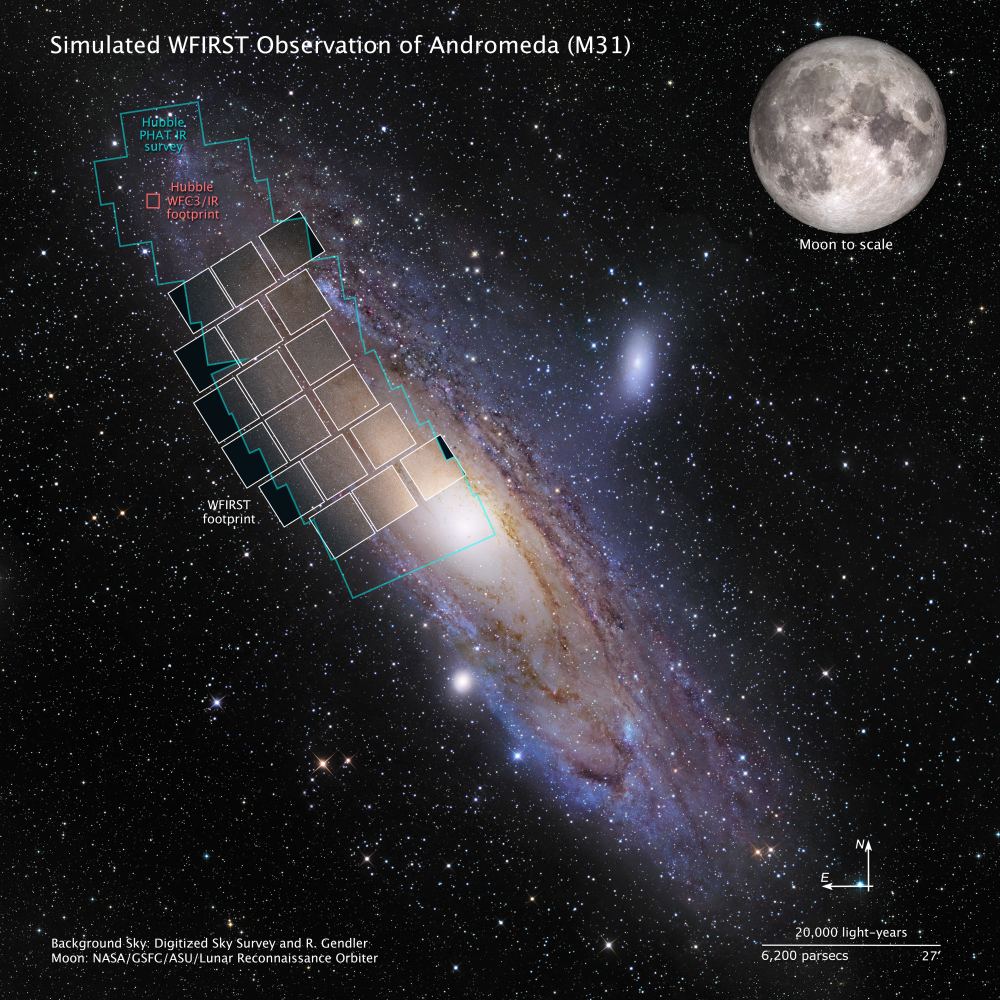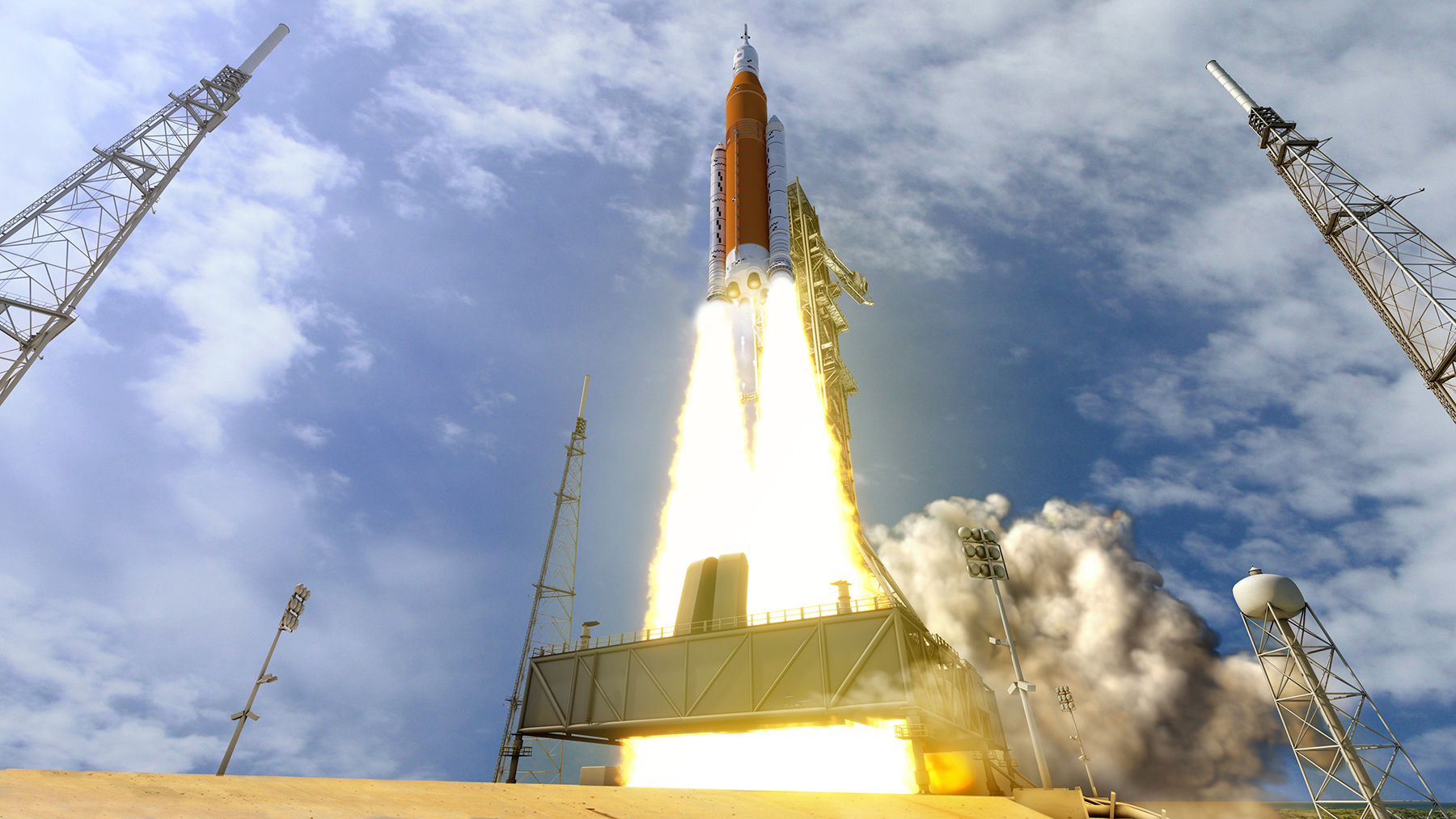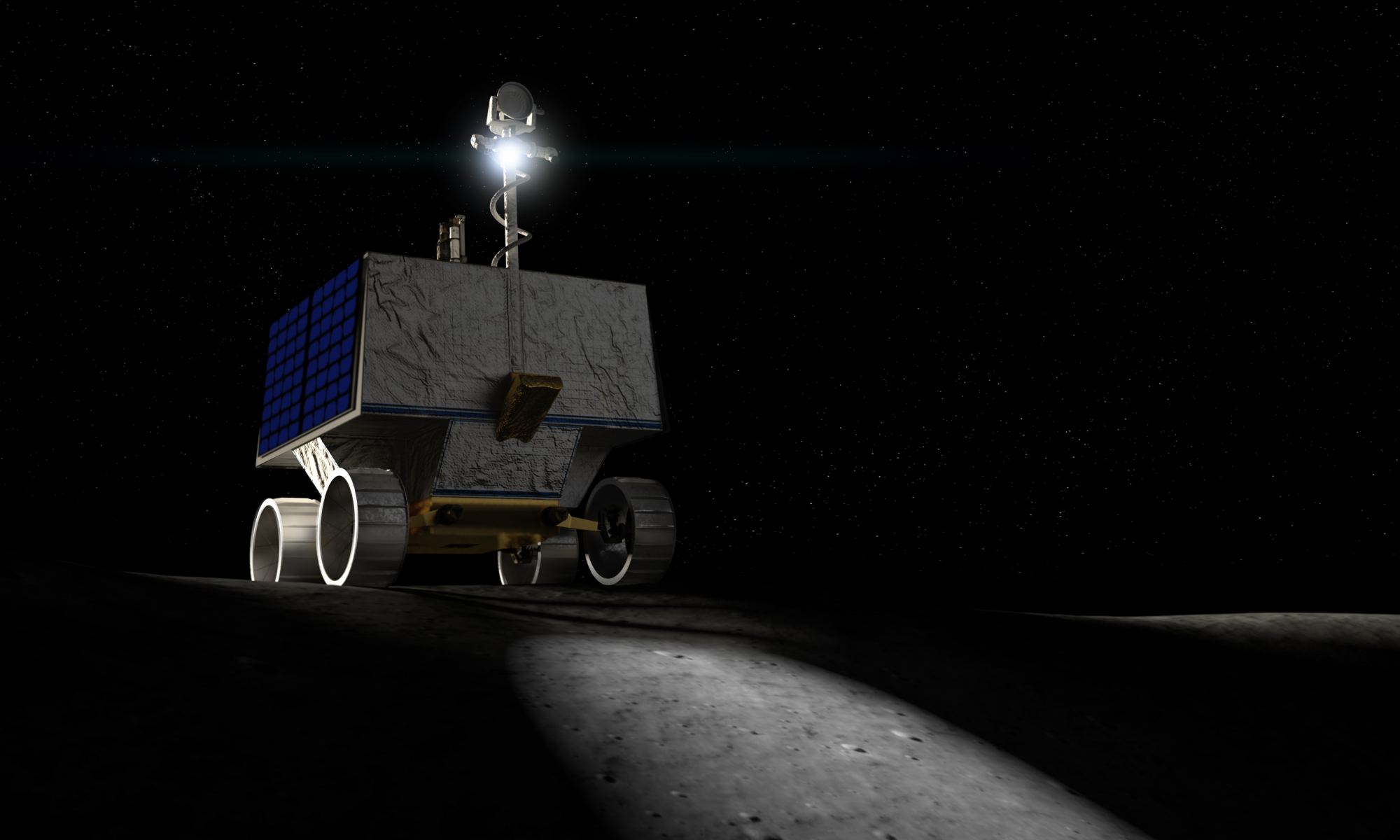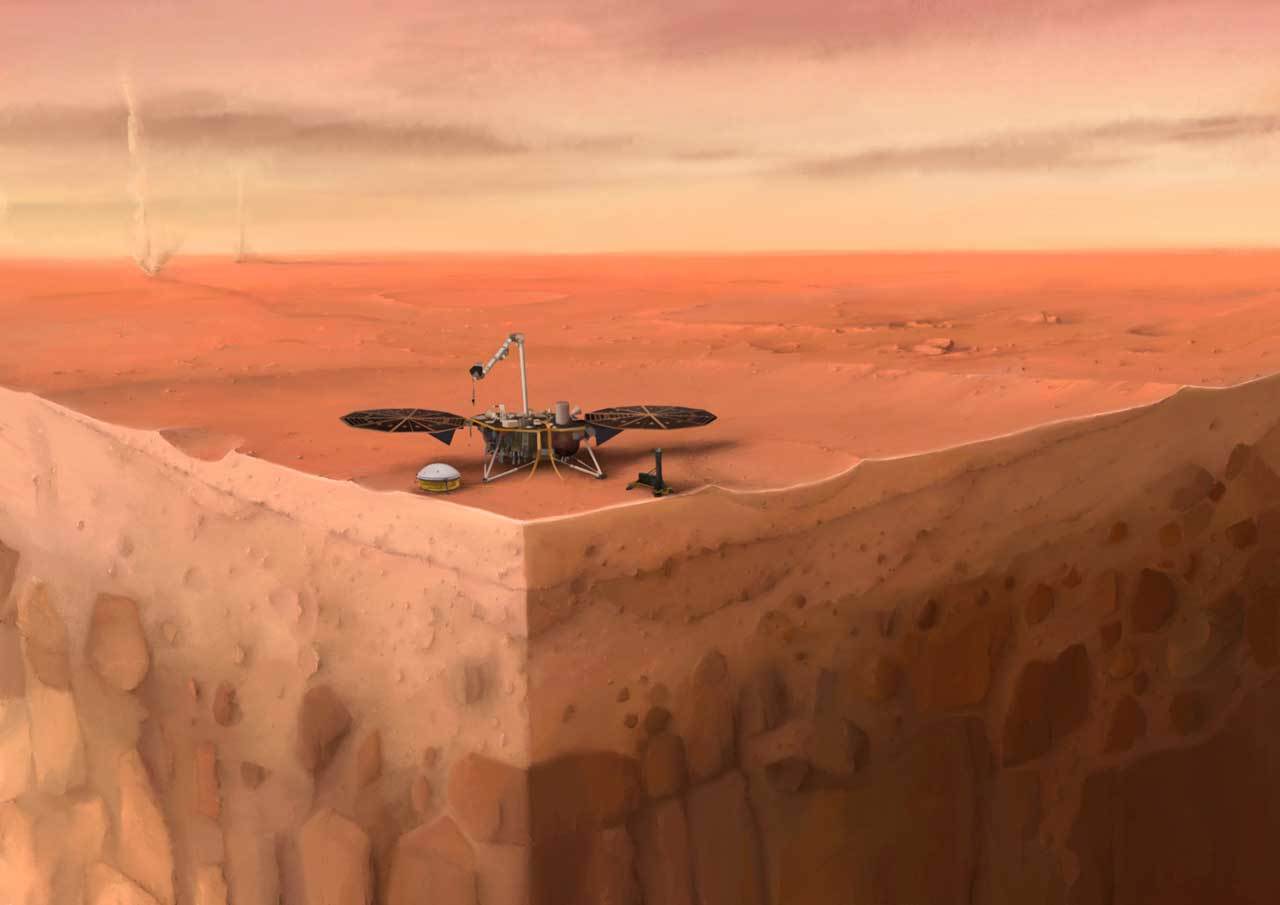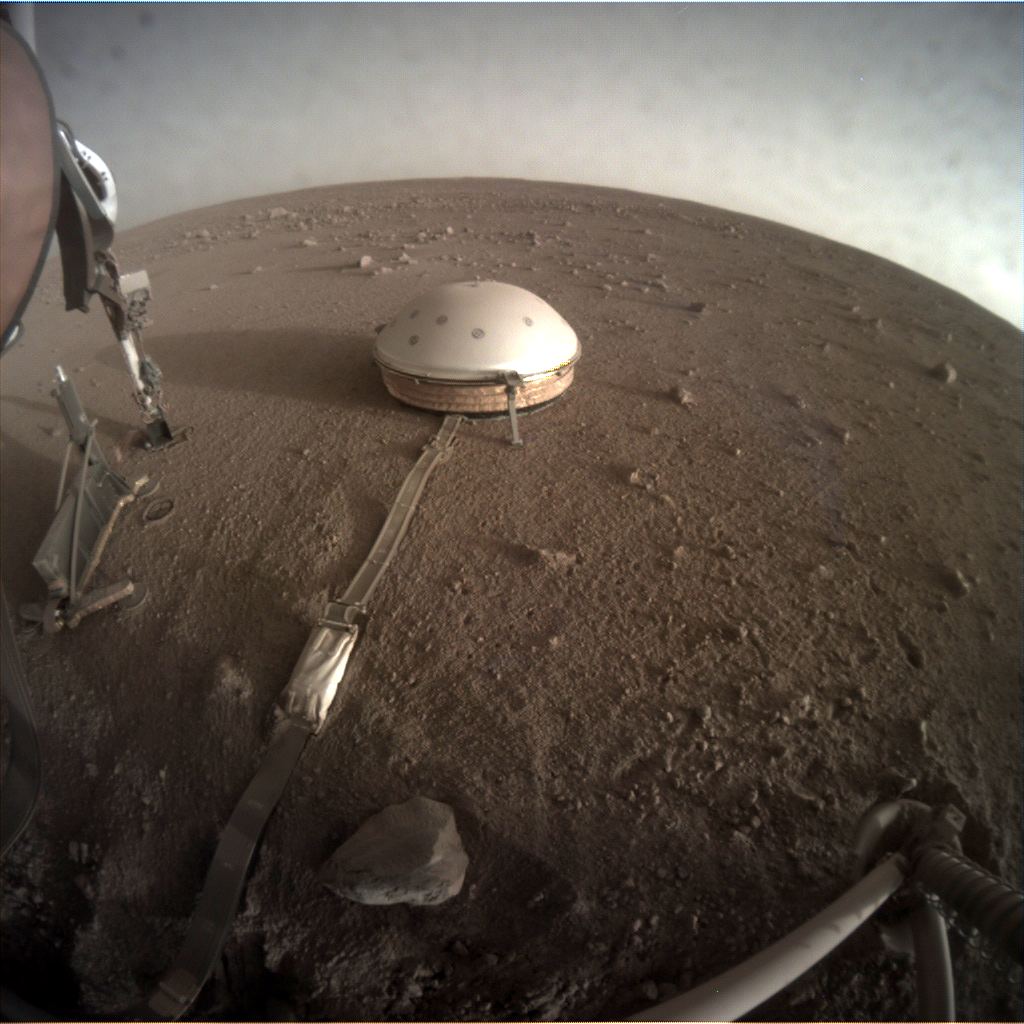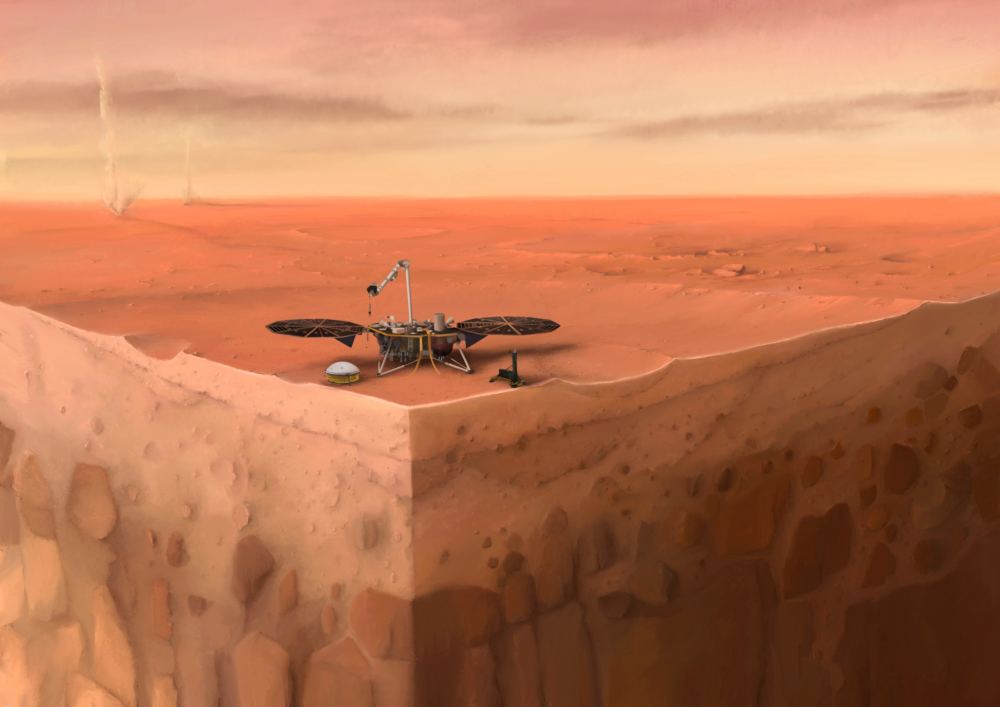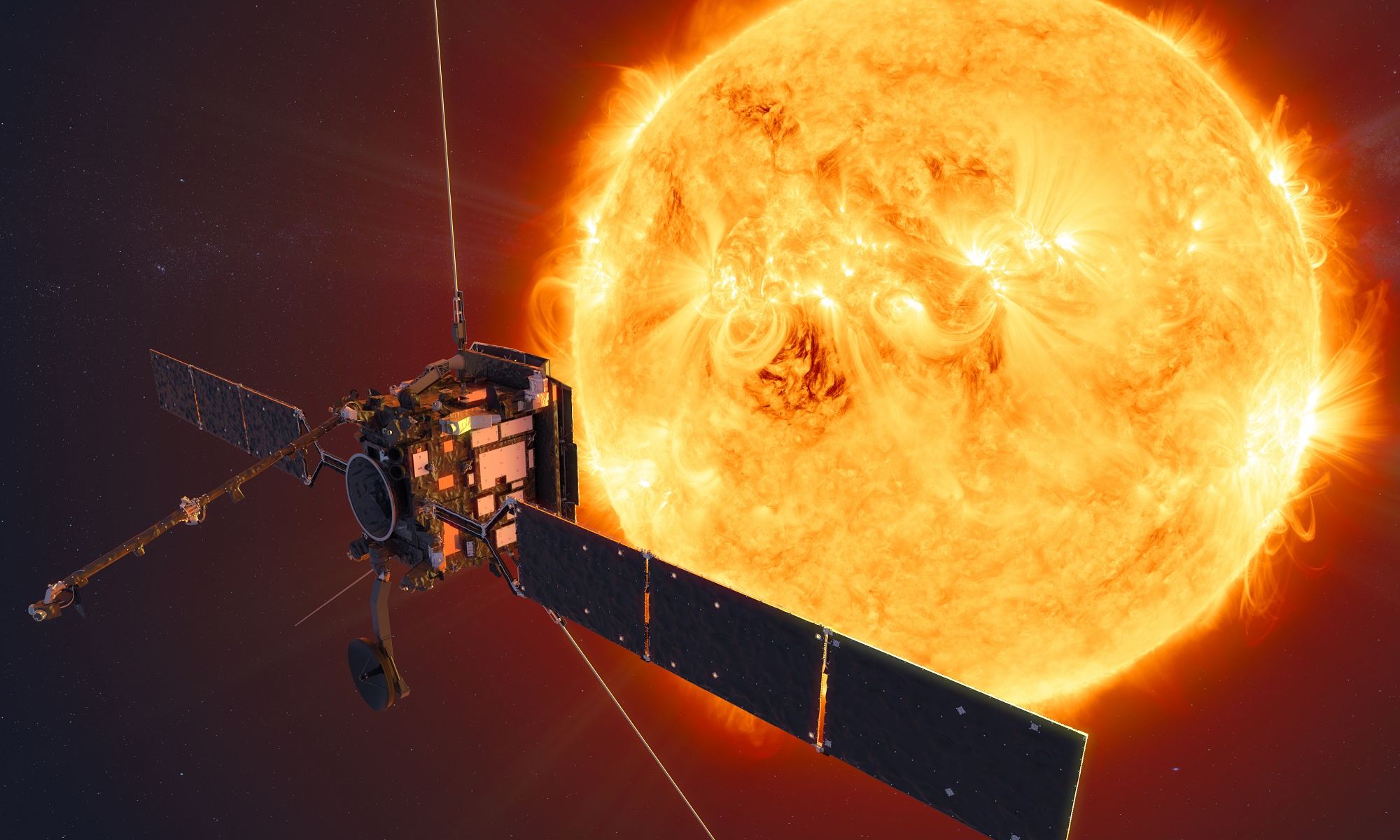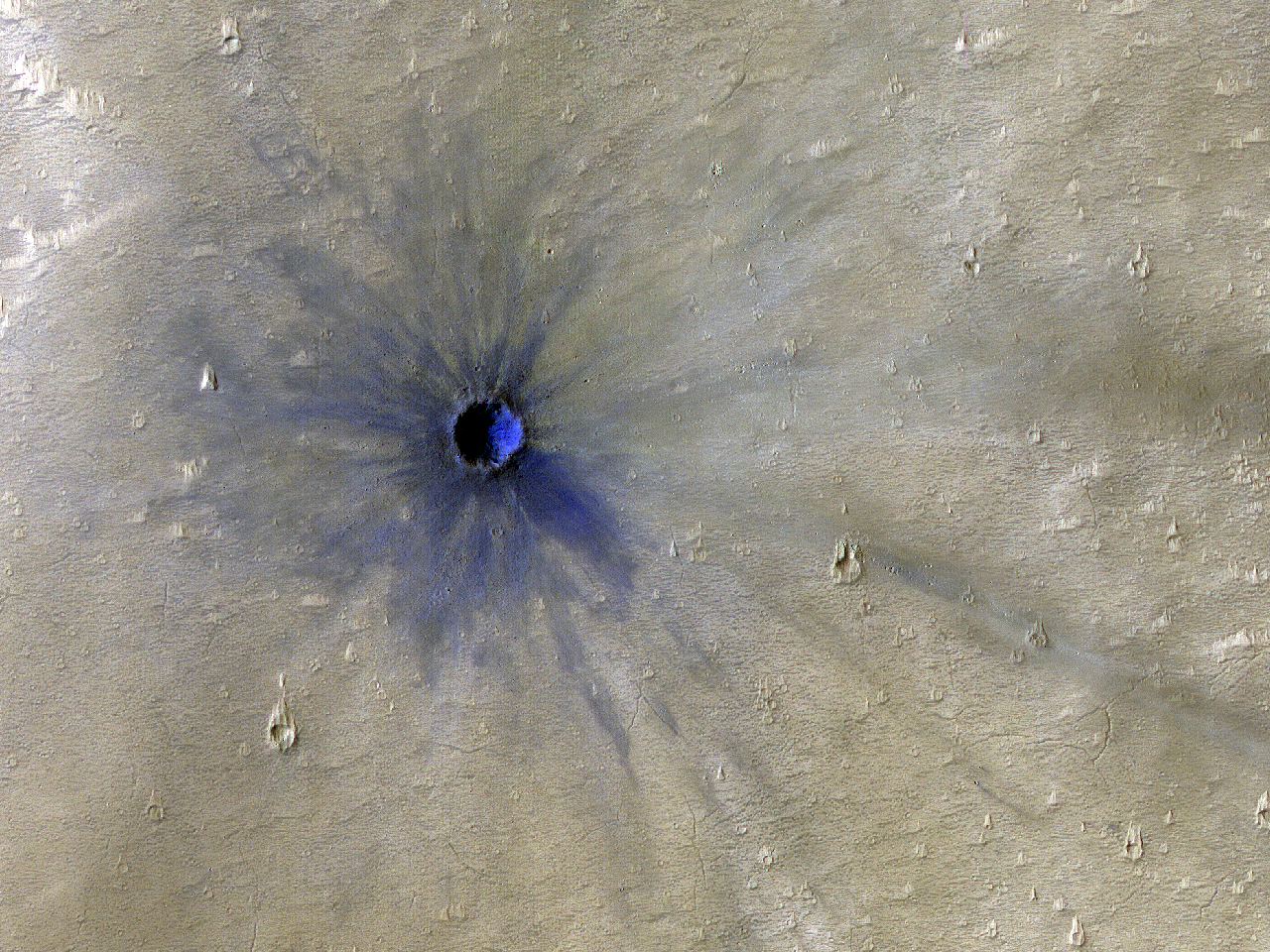Soon, astronomers and astrophysicists will have more observing power than they know what to do with. Not only will the James Webb Space Telescope one day, sometime in the next couple years, we hope, if all goes well, and if the coronavirus doesn’t delay it again, launch and begin operations. But another powerful NASA space telescope called WFIRST has passed an important stage, and is one step closer to reality.
Continue reading “WFIRST Passes an Important Milestone, it’s Time to Begin Development and Testing”WFIRST Passes an Important Milestone, it’s Time to Begin Development and Testing
